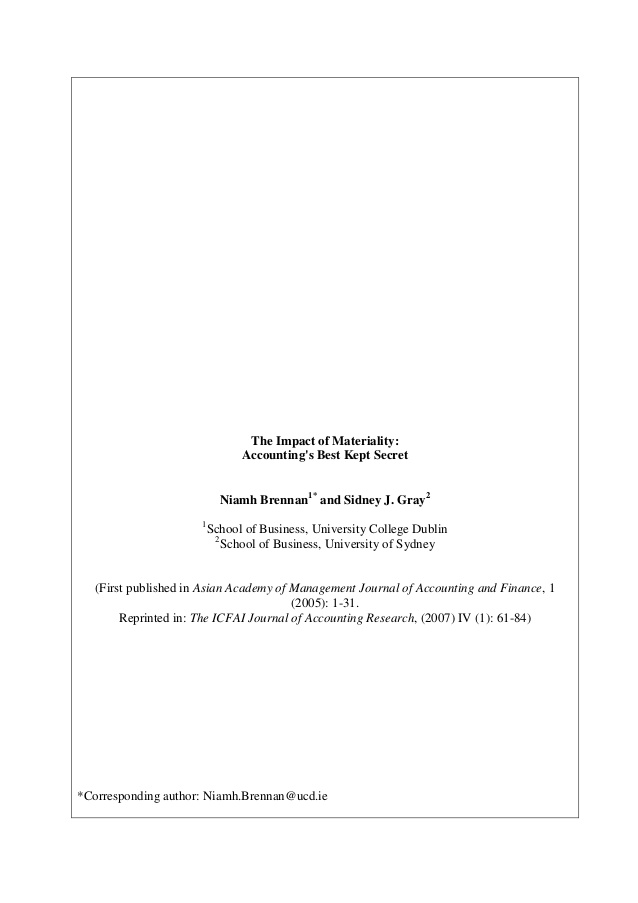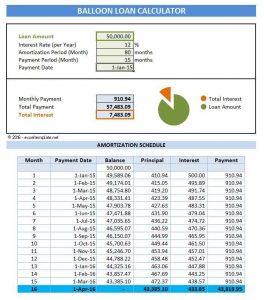
Product owners dictate the priority of work items in the backlog, while the development team dictates the velocity through the backlog. This can be a tenuous relationship for new product owners who want to “push” work to the team. Learn more in our article about work-in-progress limits and flow. The backlog serves as the connection between the product owner and the development team.
Product Backlog – What is it & How to create one

When the long-term list becomes overloaded with tasks, review items at the bottom and decide whether they need to be removed or not. Also, make sure to revise the backlog after composing a release plan. With what are standard tax deductions a refreshed prioritization, items should be moved to the short-term backlog if their priority changes. After features are implemented and released, label them as “done” and archive under the master backlog.
Key Takeaways
- PMs then translate what they learn into a product roadmap, which is a high-level strategic plan.
- Creating and managing the product backlog is one of the product owner’s most critical responsibilities.
- Savvy product owners rigorously groom their program’s product backlog, making it a reliable and sharable outline of the work items for a project.
- Yes, even the iPhone was once just a prototype that made its way to mainstream popularity thanks to the right team.
Getting a product to the finish line is easier when you have a well-organized product backlog in place. Asana can help you manage Agile projects in the most efficient way possible with modern Scrum software. A feature, also known as a user story, is a function of the product that the product user finds valuable. Features can be complex—often referred to as epics—or they can be simple. Creating a story map can help your team determine what the user needs most.
What is a product backlog in scrum? Overview for agile teams

This helps in continuous improvement, which is foundational to agile product development. In the beginning, both backlogs start as a high-level list of features. However, a sprint backlog usually is split into epics and user stories for easy execution, while the long-term backlog remains as it is. As a product manager, you decide which items should be moved from one list to the other, and when.

A sprint backlog keeps a team focused during their Scrum sprints, which refers to the period of time allotted to complete work. It’s a task list a team works from during the sprint that helps prevent scope creep. That’s because they allow you to prioritize which tasks to pursue. High-priority tasks are selected for the scrum sprint during sprint planning.
Tackle complex tasks first
A product backlog is a prioritized set of desired functionality that contains all the necessary items to complete a product release. It contains everything from new features, enhancements, technology upgrades, and bug fixes. And while it’s easy to mistake a product backlog for a task sheet or just a product development ‘to-do’ list, it’s so much more than that. In this journey, the product backlog converts the vision and roadmap into actionable tasks. It shows the development team how their daily work contributes to the business and serves as the superset of features for sprint backlogs.
LogRocket simplifies workflows by allowing Engineering, Product, UX, and Design teams to work from the same data as you, eliminating any confusion about what needs to be done. The point is, the team should focus on creating value faster instead of precisely maintaining the product backlog. In theory, the scrum team can choose how to organize and format the product backlog.
In agile, this is called a user story, which is the general explanation for a feature from the perspective of the customer. Although I named user stories a type of product backlog item, each team can choose what fits them best. All items inside the product backlog must be related to an ultimate goal. If backlog items don’t level up to an established goal, you should remove them.
Product backlog management is an emerging discipline that is constantly evolving. Do you have any experience with the implementation https://www.quick-bookkeeping.net/ of backlog management in your development process? We would love to hear some of your insights and learnings along the way.
The excellent repository becomes a giant junk drawer no one can make sense of or has the time and motivation for either. Product teams that use the agile development framework divide their work into sprints. These are short development time blocks, usually, a couple of weeks or a month, during which the team works on a limited set of tasks. While the product owner is tasked with prioritizing the backlog, it’s not done in a vacuum. Effective product owners seek input and feedback from customers, designers, and the development team to optimize everyone’s workload and the product delivery. A team’s roadmap and requirements provide the foundation for the product backlog.
Roadmap initiatives break down into several epics, and each epic will have several requirements and user stories. Let’s take a look at the roadmap for a ficticious product called Teams in Space. The product backlog is the single authoritative source for things that a team works on. That means that nothing gets done that isn’t on the product backlog. Conversely, the presence of a product backlog item on a product backlog does not guarantee that it will be delivered.
Electronic boards are the better option for a team that has remote members or collects a great deal of supplementary information about product backlog items. Physical boards offer the advantage of making the product backlog continuously visible and concrete during discussions around the product backlog. A backlog refinement meeting allows the team and stakeholders to agree on strategic task priorities. The ultimate goal https://www.quick-bookkeeping.net/debits-and-credits-usage-rules-examples-summary/ is a current backlog that aligns with customer and business needs, improving overall agile project management and preparing the team for the next sprint. A backlog is a term that has its roots in the agile project management method and describes a set of tasks which a project team has yet to do to complete a project. Tasks or work packages can be already assigned to specific human resources or will be assigned later on.
Sprint backlogs help you structure your team’s work before, during, and after a sprint. If you use them effectively, they can help you accurately predict future sprints and manage expectations. A well-crafted and maintained sprint backlog increases sprint efficiency.
Along with the new vendor comes a new look for drivers licenses. However, the exact turnaround time for permanent IDs to be mailed to North Carolina drivers is yet to be determined. DMV is in the process of switching out IDEMIA equipment with CBN Secure Technologies equipment in its offices, which will be complete by the end of next week.
The housing recovery did not begin in earnest until such backlogs were mostly cleared.